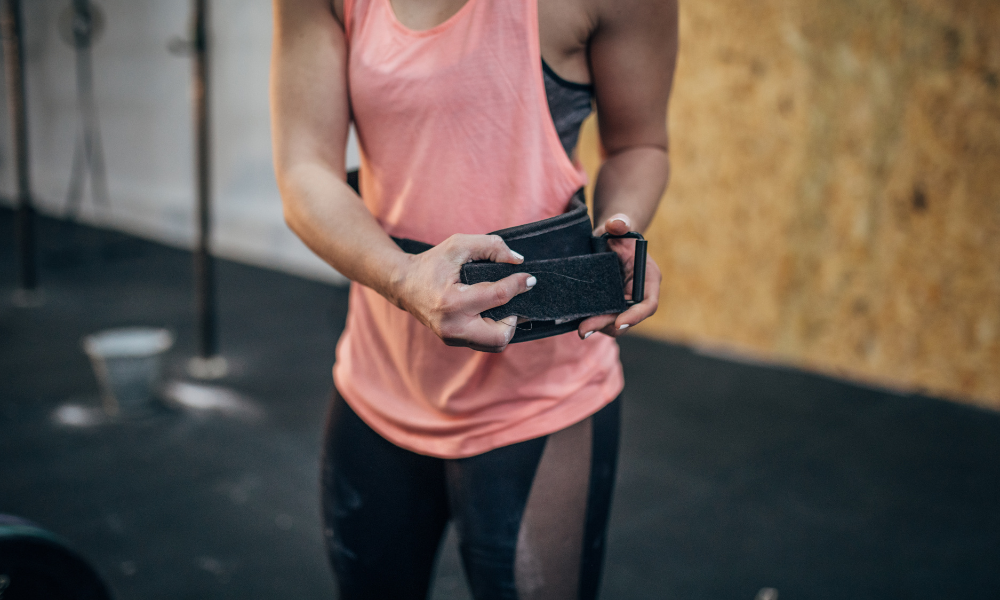How Can Personal Choice Enhance Your Safety When Exercising?

When it comes to exercising, safety should always be a top priority.
Engaging in physical activities offers numerous health benefits, but it's crucial to ensure that you're exercising in a way that minimizes the risk of injury.
One often overlooked aspect of safety is personal choice.
In this article, we'll explore how your personal choices can significantly enhance your safety when exercising, allowing you to make the most out of your fitness journey without compromising your well-being.
Understanding Personal Choice and Safety
The Power of Tailored Workouts
When it comes to exercise routines, there's no one-size-fits-all solution.
Every individual is unique, with different fitness levels, goals, and physical conditions.
Making personalized choices regarding your workout routine can enhance safety by allowing you to focus on exercises that are suitable for your body and fitness level.
Selecting the Right Environment
Your exercise environment plays a vital role in your safety.
Whether you're working out at a gym, in a park, or at home, choosing a space that is well-lit, clean, and free from obstacles can significantly reduce the risk of accidents and injuries.
Personal choice extends to selecting an environment that aligns with your comfort and safety preferences.
Personal Choice and Equipment
Using Appropriate Gear
Wearing the right workout gear is more than just a fashion statement – it's a safety essential.
Personal choice comes into play when you select footwear with proper arch support, comfortable clothing that allows for a full range of motion, and any necessary protective equipment, such as helmets or knee pads for specific activities.
Tailoring Equipment to Your Needs
Exercise equipment comes in various shapes and sizes, catering to different workout routines.
Your personal choices regarding the equipment you use can greatly enhance safety.
Choosing equipment that suits your fitness level and goals ensures that you're using tools that are effective and safe for your specific regimen.
Different Types of Saftey Equiptment
One of the most common pieces of safety equipment is proper footwear, which offers essential arch support and stability to prevent slips and strains.
For activities that involve impact, such as cycling or skateboarding, helmets are crucial to safeguard the head and prevent traumatic injuries.
Knee and elbow pads, often used in activities like rollerblading or martial arts, provide cushioning and shielding against potential impacts.
Additionally, wrist guards can be vital for activities that involve balance, like skateboarding or snowboarding, to prevent wrist injuries during falls.
Overall, the right safety equipment not only minimizes the risk of injuries but also empowers individuals to engage in their chosen activities with confidence and peace of mind.
The Role of Personal Knowledge
Educating Yourself
Personal choice is empowered by knowledge.
Educating yourself about proper exercise techniques, warm-up routines, and cooling-down practices can significantly reduce the risk of strains, sprains, and other injuries.
Understanding how to perform exercises correctly ensures that you're reaping the benefits without putting yourself at unnecessary risk.
Knowing Your Limits
Listening to your body is a fundamental aspect of exercising safely.
Recognizing your limits and making choices based on your physical capabilities can prevent overexertion and potential injuries.
Your personal choice to stop or modify an exercise when you feel discomfort or strain is a key factor in enhancing safety.
Nutrition and Hydration
Fueling Your Body
Personal choice extends beyond the gym floor. Proper nutrition and hydration are essential for maintaining safety during workouts.
Choosing a balanced diet that provides the necessary nutrients and staying adequately hydrated supports your body's ability to perform exercises effectively and recover afterward.
Timing and Personal Rhythms
Understanding your body's natural rhythms can also enhance safety.
Personal choices such as scheduling workouts when you have the most energy and avoiding intense exercises close to bedtime can prevent accidents caused by fatigue or reduced alertness.
Conclusion
In conclusion, personal choice plays a significant role in enhancing your safety when exercising.
Tailoring your workouts, selecting the right environment, using appropriate gear, educating yourself, knowing your limits, and prioritizing proper nutrition and hydration are all ways in which your decisions contribute to a safer and more effective fitness journey.
By making informed and mindful choices, you can enjoy the countless benefits of exercise while minimizing the risk of injuries.
FAQs (Frequently Asked Questions)
Q: How can I choose the right exercise routine for my fitness level?
A: Consider consulting a fitness professional to create a personalized workout plan tailored to your needs and goals.
Q: Is it necessary to warm up before exercising?
A: Yes, warming up is essential to prepare your muscles and joints for more intense movements, reducing the risk of injury.
Q: Can personal choice in workout gear prevent injuries?
A: Absolutely. Proper footwear and comfortable clothing can provide the support and freedom of movement needed to exercise safely.
Q: Why is hydration important during exercise?
A: Staying hydrated helps regulate your body temperature and maintain energy levels, reducing the risk of dehydration-related issues.
Q: How often should I reevaluate my exercise routine?
A: It's a good practice to review your routine every few months and make adjustments based on your progress and any changes in your fitness goals.
